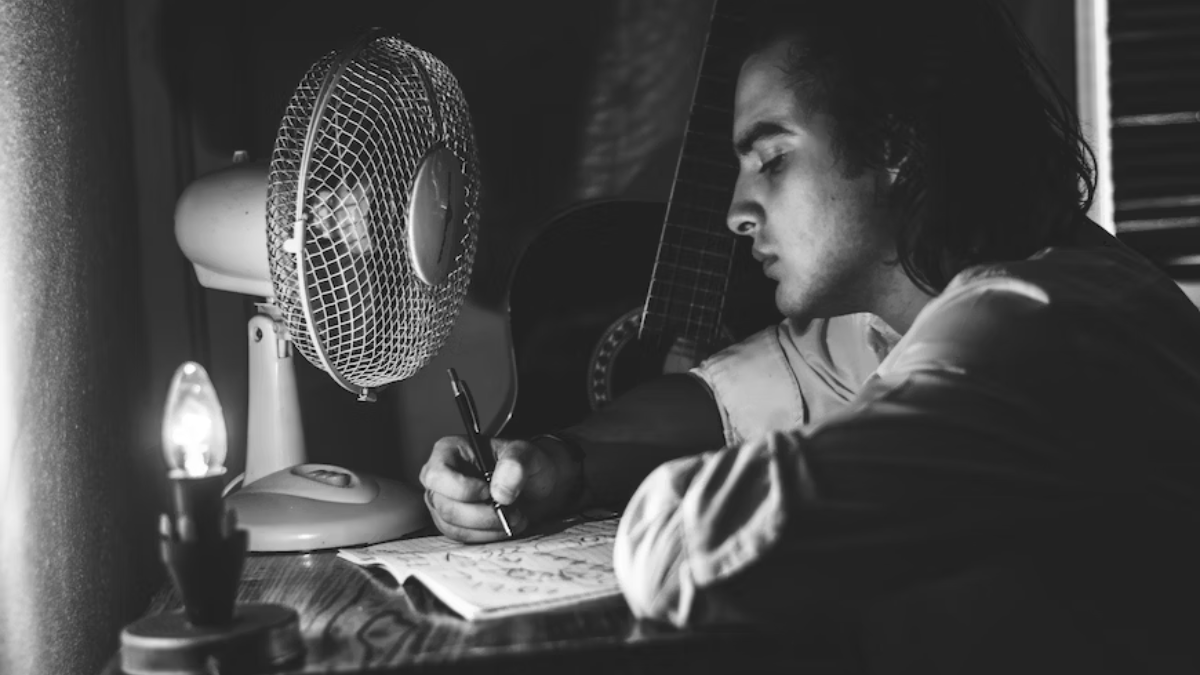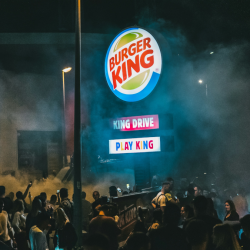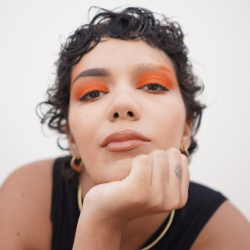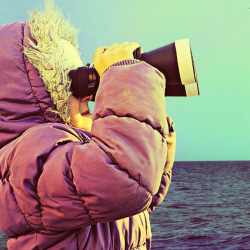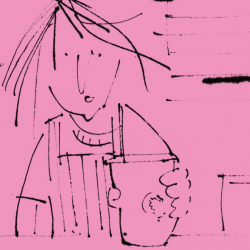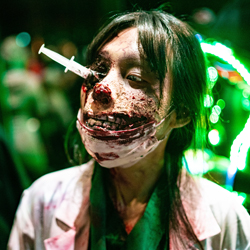OK, time to sit down and write. Ooh, a message — better check it. Hmm, this chair is having an argument with my back. Let’s move. I’ll just check whether I’ve had a reply to that email. Right then… Time to blow my readers’ minds. No pressure. ‘There is nothing to writing,’ said Hemingway. ‘All you do is sit down at a typewriter and bleed.’
For many of us, standing desk enthusiasts excepted, the creative act isn’t an upright affair. We simply park our bums and internally scream at the thought of doing what we love. There’s no escaping it — struggle is an essential feature of the creative process. Procrastination stalks us like some appalling jester-demon, distracting us with its endless merry tricks, delivered with a menacing wink. We fend it off, but the fight has only just begun.
Any creative act demands a kind of deliberate disembowelment of the spirit. A willingness to confront the weirdness, the darkness, and the frailty within us, and let it spill forth. OK, sometimes you can write a headline or design a logo without it being a work of tortured art. We’re professionals. We have tools and methods to get stuff done.
Not every task is an existential cliff-jump into the abyss. But frameworks, research and technical mastery can only take you so far (a few steps further than ChatGPT on a good day). Being a human is hard, but without that struggle no true insight or beauty would exist. I think there’s a kind of peace in recognising that, and not being afraid to infuse our work with a dash of tragi-comic pain.
Seeing things this way doesn’t stop that feeling of resistance that always seems to impede creative work. Once you’ve accepted that struggle will never disappear, you can focus on the discipline you need to make progress and access that elusive state of flow. According to flow expert Stephen Kotler, there are four phases in the ‘flow cycle‘: struggle, release, flow and recovery. Here’s how he breaks it down:
In Struggle, you have to fight for the task to absorb you. Release happens once you reach the edge of wrestling with the task or problem through task persistence. Flow happens next: a state of effortless attention where your sense of self evaporates.
The secret is breaking your task down so the first step is as easy as possible. For me, writing this article, the simplest way to begin was to literally narrate my procrastination as it was happening. From there, the resistance softened a little. But it never fully dissolves. What happens when you get stuck in the struggle phase? Here’s Felicity Wild, of Brand Language Lab:
Received wisdom tells us that when you hit a creative wall you should take a break to recharge. Usually I’d agree. But sometimes there’s an argument for pushing through until you crack it, because often the good stuff is juuust on the other side of that block.
In my experience, you normally need to have lots of ideas to find the best ones, but our instinct is often to give up before we get there. Freelance designer Amy Rogers told me:
Struggle is when you can visualise the final piece, but you’re muddling through the awkward part at the beginning. You feel like you’re overworking it and making it worse. It’s an effort to push through that feeling every time!
Personally, I’m comforted by the words of writer and editor Rosalind Bentley:
It doesn’t get easier. You stare at the screen. You decide you are, in fact, an impostor. You panic. And then you get on with it.
Struggle is both the fuel for our richest creative work, and the price we must pay for the act of creation itself. But keep going, and you may just find yourself transformed.
Featured image: Radu Florin / Unsplash




















